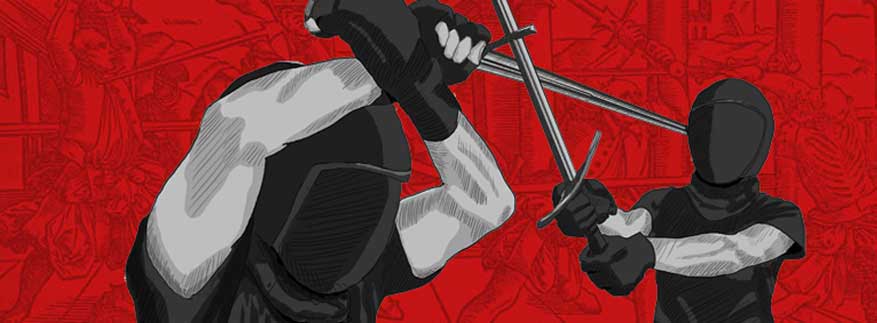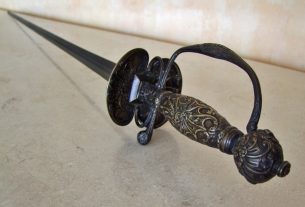The art of traditional katana fighting is very detailed and complicated. Accurate movements, subtle hand placements, and speed are all important components of Japanese sword fighting technique. Mastering these techniques can take countless days but will definitely worth your exhaustive effort. Similar to any other task, it requires complete attention to detail. Below we have listed the six popular traditional katana fighting techniques which can be a good start for your sword fighting training.
Muso Jikiden Eishin-Ryu
Muso Jikiden Eishin-Ryu is a popular straight katana fighting technique based on laido. The skill of laido was used to create the trademark concurrent draw and cut motion. Laido intends to develop a spiritual battlefield technique of taijutsu.
Ono-ha Itto-run
The other name of this technique is “One Sword”. The principle of Ono-ha Itto-ru is based on a single and heavy blow to overthrow the opponent. According to fighting arts states, the Ono-ha Itto-ru comprises more than 100 skills and most of them are downward cuts along the center of the body. Today, the recreational kenjutsu is based on the skill of Ono-ha Itto-ru.
Yoko Giri
Yoko Giri is also known as the sidecut. In this technique, the sword grip is held in both hands to the right side of the body with the right elbow bent and slightly left elbow bent. The traditional katana is held above the waist level. The blade is turned slanting as the sword arcs from the side with a parallel slashing movement and powerful outward swing.
Kesi Giri
Kesi Giri is above cutting move that slightly arcs to the right or left mostly depending on which side of the head you initiate the move. You need to hold the sword in both hands above the head with wrists close to the scalp. Now extend the wrists and shift the hands to let your wrists centered over the head and above the level of the left eye. Slash down from left to right. Your blade should move above your left shoulder. Also, your hands should stop the slashing movement once they level with your right hip.
Overhead Cut
The overhead cut is a simple and smart move. In this technique, the straight blade katana is held in both hands over the head and the cutting edge of the blade faces the ceiling. The elbows are bent and held close to the ears. Make sure the sword blade is completely centered over your body without being shifted to the right or left by a strong grip. Next, stretch the arms and straighten the elbows as you bring the sword down in front of you in a slashing movement.
Nukitsuke
The Nukitsuke is the starting position designed to threaten the opponent. Make your knees slightly bent and stance wide facing the opponent. Make sure to grasp the grip of the sword using your right hand whereas the left-hand grasps the sheath beneath the hilt of the sword. Using your left thumb, slightly lift the sword upward by pressing on the hilt while the right-hand pull the sword from the sheath and adjust the stance. The heel of your left foot should be even with your right heel but turned somewhat outward for balance. For the consistent movement, draw your sword out of the casing and tuck the sheath behind you. Strike the sword parallel from left to right at shoulder level.
Conclusion
Traditional katana fighting is the most iconic part of the history. This is due to the Japanese military force continued superiority for centuries. The unique fighting style has earned them a renowned place as the greatest warriors of all time. Get started practicing with your favorite Japanese sword fighting technique using an authentic Japanese sword at SwordsSwords.com.






Instead of Iaido being mentioned as the precursor to combat styles it would more correct to say Iaijutsu is the precursor.
In martial arts, the term ‘Jutsu’ is used in reference to the techniques and strategies used in real combat. The word ‘Do’ means ‘The Way’. In martial arts terms, the suffix ‘Do’ is used to infer that the focus of training is predominately upon the development of the practitioner’s character.
My training is in Toyama Ryu Batto Jutsu and Shinkage-ryū